10+ Creative ID Card Examples to Download
Identification cards often shortened to ID cards, are considered as a direct reflection of an organization. Providing professional-looking ones means they are investing in its brand and image. However, your ID cards don’t have to look plain and boring. You can always make a difference by adding in a bit of creativity that can give a whole new different take on how ID cards are usually designed.
10+ Creative ID Card Examples
1. Creative Agency ID Card
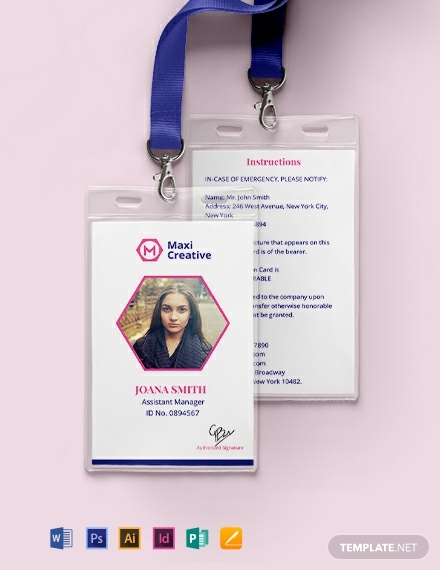
2. Creative Automotive ID Card
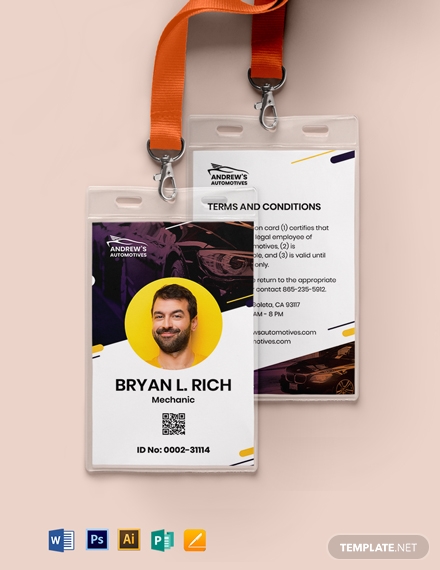
3. Creative Building Maintenance Service ID Card

4. Creative Corporate ID Card
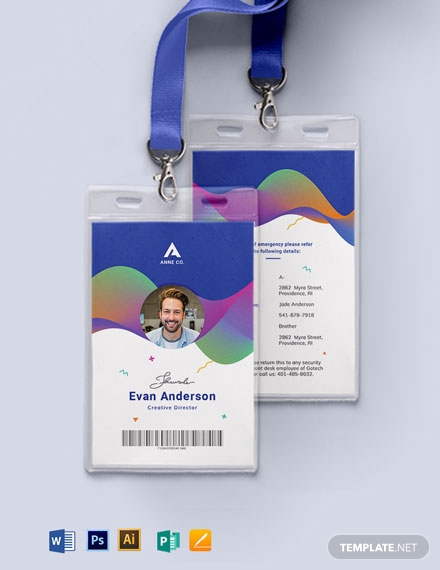
5. Creative Daycare Teacher ID Card
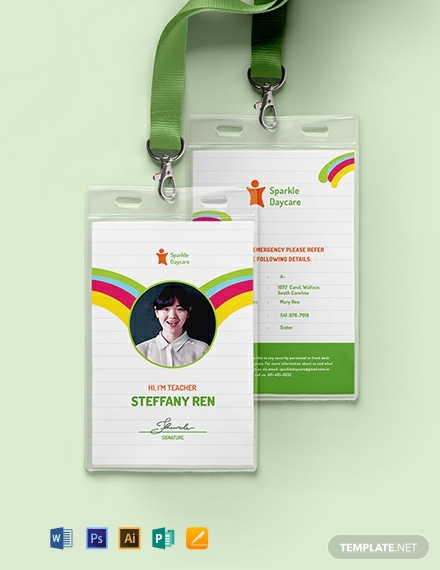
6. Creative Employee ID Card
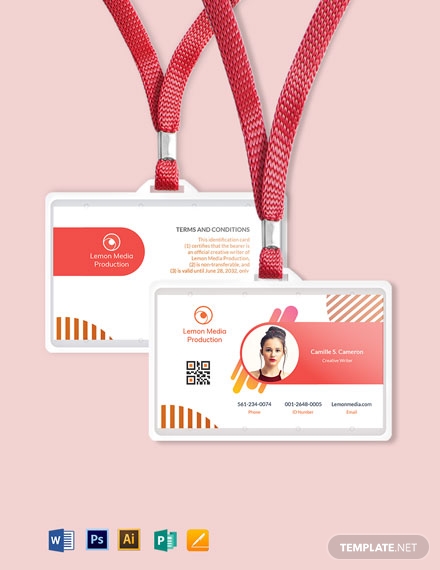
7. Creative Freelance Journalist ID Card
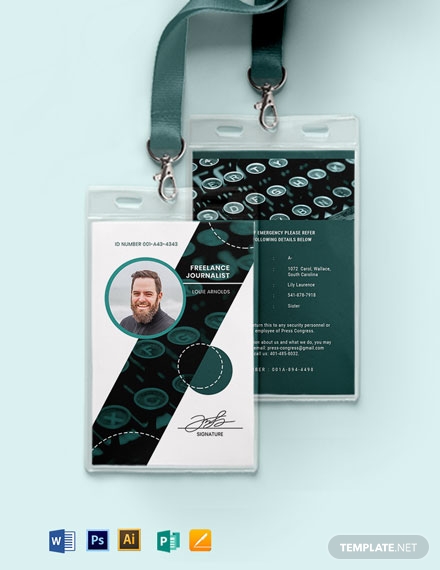
8. Creative Photographer ID Card
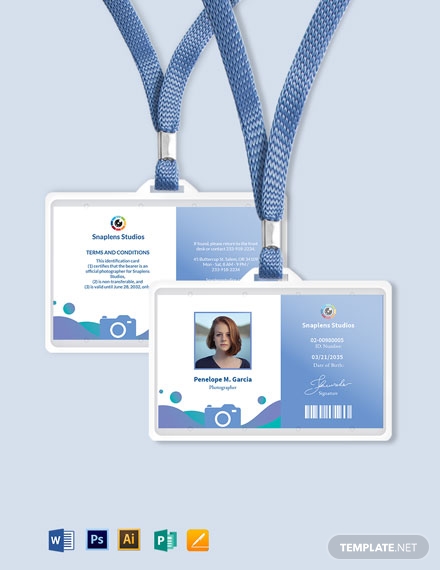
9. Creative Press ID Card
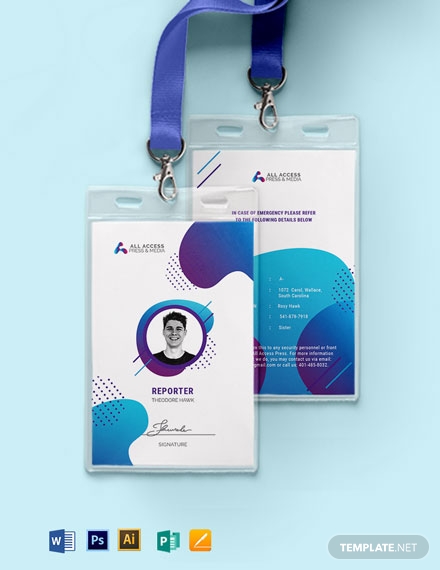
10. Creative Sports ID Card
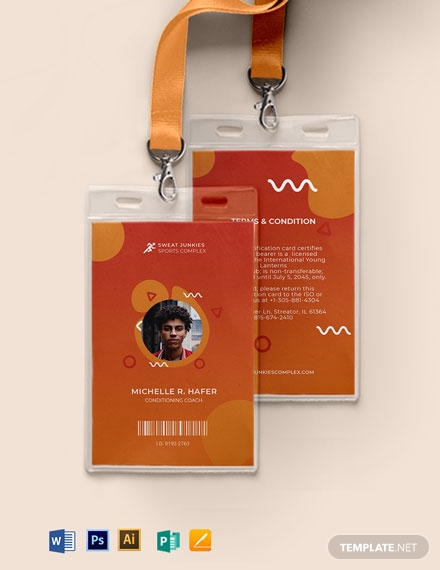
11. Creative Student ID Card
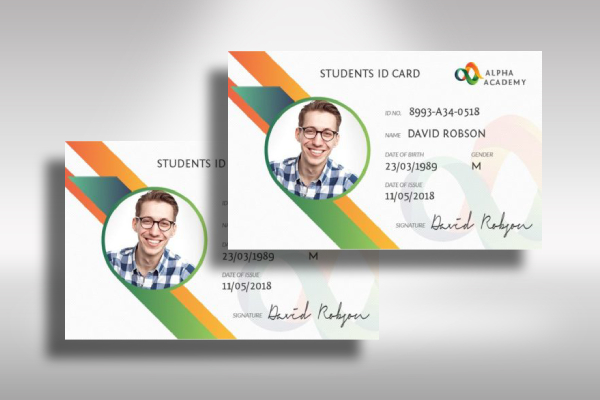
What is a Creative ID Card?
An ID Card is a small and compact document used to prove a person’s identity. It is often the size of a playing card hence the name. A creative ID card has an artistic ID layout and is decorative. This is often used by artistically inclined businesses to inject their brand and their style through their employees.
How to Craft a Creative ID Card
To make a creative ID card you will have to use your imagination while maintaining a professional approach at the same time. You can use the ID card’s creative options to market your company’s brand with this. If you need some ideas on how to get started then check out this article.
1. Inject Your Brand Into It
One way you can make your Id cards more creative and less generic is by incorporating your brand into the designs. You can start with including the logo of your business into it. It is traditionally placed on top but you can put the logo anywhere you please. You may also include the colors and the aesthetics of your company into the ID card’s design as well. It will make them stand out from any other company IDs out there.
2. Place The Signatures
Signatures are actually one of the important parts of an ID card’s design. With the employer’s signature printed on the card this makes the ID card legitimate to the company security. With the features of our creative ID cards you should be able to include this with ease.
3. Pick A Side!
It is up to you whether you are going to use one side or both for your ID card’s design. That will depend on how much information and creativity you want to add into it. Just make sure you can efficiently use the space available in your templates to achieve an effective and aesthetically pleasing ID Card.
4. Add Identification Details
What’s the point of an ID card without the owner’s identity written on it? Have the owner’s personal information added to the ID card. The name is necessary as well as a photo. It is up to you whether you want to add more such as phone number and address. Depending on how much space you want to fill up in the ID card design you have chosen to use.
FAQ’s
Who usually creates the ID card?
The creation and issue of ID cards is usually handled by the HR department of a company. A photographer often collaborates with the HR department to capture the photos of the employees professionally.
What is the purpose of an ID card? Give an example.
An ID card’s use is to prove a person’s identity. For example in an office setting, an employee’s ID can help them confirm security that they are a part of the staff. This allows their entry to the office.
What makes an ID card different from a company name tag?
They both help identify people but they have notable differences. ID cards are used as a part of compliance with an organization’s security policies and made with specific materials. Name tags on the other hand are worn as a courtesy and are often made with simple materials.
In modern times ID cards have become a part of Identity Access Management. It is a framework of policies and measures with security that ensures the right people have access to important information. According to a graph by Statista it has a revenue of 10.58 billion dollars. With that amount of money one could certainly spare a few costs to make it a lot more creative. That way identity access management still has an element of fun to something so serious.
10+ Creative ID Card Examples to Download
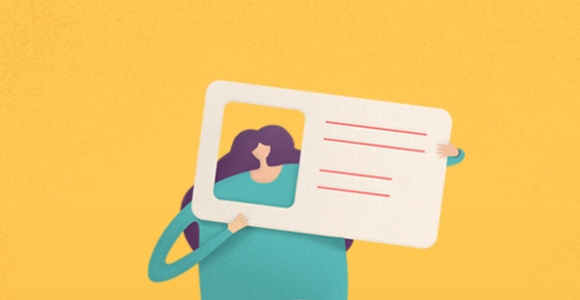
Identification cards often shortened to ID cards, are considered as a direct reflection of an organization. Providing professional-looking ones means they are investing in its brand and image. However, your ID cards don’t have to look plain and boring. You can always make a difference by adding in a bit of creativity that can give a whole new different take on how ID cards are usually designed.
10+ Creative ID Card Examples
1. Creative Agency ID Card

Details
File Format
Illustrator
MS Word
Pages
Photoshop
Publisher
Size: 15.13×3.39 inches
2. Creative Automotive ID Card

Details
File Format
Illustrator
MS Word
Pages
Photoshop
Publisher
Size: 15.13×3.39 inches
3. Creative Building Maintenance Service ID Card

Details
File Format
Illustrator
MS Word
Pages
Photoshop
Publisher
Size: 15.13×3.39 inches
4. Creative Corporate ID Card

Details
File Format
Illustrator
MS Word
Pages
Photoshop
Publisher
Size: 15.13×3.39 inches
5. Creative Daycare Teacher ID Card

Details
File Format
Illustrator
MS Word
Pages
Photoshop
Publisher
Size: 15.13×3.39 inches
6. Creative Employee ID Card

Details
File Format
Illustrator
MS Word
Pages
Photoshop
Publisher
Size: 15.13×3.39 inches
7. Creative Freelance Journalist ID Card

Details
File Format
Illustrator
MS Word
Pages
Photoshop
Publisher
Size: 15.13×3.39 inches
8. Creative Photographer ID Card

Details
File Format
Illustrator
MS Word
Pages
Photoshop
Publisher
Size: 15.13×3.39 inches
9. Creative Press ID Card

Details
File Format
Illustrator
MS Word
Pages
Photoshop
Publisher
Size: 15.13×3.39 inches
10. Creative Sports ID Card

Details
File Format
Illustrator
MS Word
Pages
Photoshop
Publisher
Size: 15.13×3.39 inches
11. Creative Student ID Card

alphaacademy.or
What is a Creative ID Card?
An ID Card is a small and compact document used to prove a person’s identity. It is often the size of a playing card hence the name. A creative ID card has an artistic ID layout and is decorative. This is often used by artistically inclined businesses to inject their brand and their style through their employees.
How to Craft a Creative ID Card
To make a creative ID card you will have to use your imagination while maintaining a professional approach at the same time. You can use the ID card’s creative options to market your company’s brand with this. If you need some ideas on how to get started then check out this article.
1. Inject Your Brand Into It
One way you can make your Id cards more creative and less generic is by incorporating your brand into the designs. You can start with including the logo of your business into it. It is traditionally placed on top but you can put the logo anywhere you please. You may also include the colors and the aesthetics of your company into the ID card’s design as well. It will make them stand out from any other company IDs out there.
2. Place The Signatures
Signatures are actually one of the important parts of an ID card’s design. With the employer’s signature printed on the card this makes the ID card legitimate to the company security. With the features of our creative ID cards you should be able to include this with ease.
3. Pick A Side!
It is up to you whether you are going to use one side or both for your ID card’s design. That will depend on how much information and creativity you want to add into it. Just make sure you can efficiently use the space available in your templates to achieve an effective and aesthetically pleasing ID Card.
4. Add Identification Details
What’s the point of an ID card without the owner’s identity written on it? Have the owner’s personal information added to the ID card. The name is necessary as well as a photo. It is up to you whether you want to add more such as phone number and address. Depending on how much space you want to fill up in the ID card design you have chosen to use.
FAQ’s
Who usually creates the ID card?
The creation and issue of ID cards is usually handled by the HR department of a company. A photographer often collaborates with the HR department to capture the photos of the employees professionally.
What is the purpose of an ID card? Give an example.
An ID card’s use is to prove a person’s identity. For example in an office setting, an employee’s ID can help them confirm security that they are a part of the staff. This allows their entry to the office.
What makes an ID card different from a company name tag?
They both help identify people but they have notable differences. ID cards are used as a part of compliance with an organization’s security policies and made with specific materials. Name tags on the other hand are worn as a courtesy and are often made with simple materials.
In modern times ID cards have become a part of Identity Access Management. It is a framework of policies and measures with security that ensures the right people have access to important information. According to a graph by Statista it has a revenue of 10.58 billion dollars. With that amount of money one could certainly spare a few costs to make it a lot more creative. That way identity access management still has an element of fun to something so serious.

